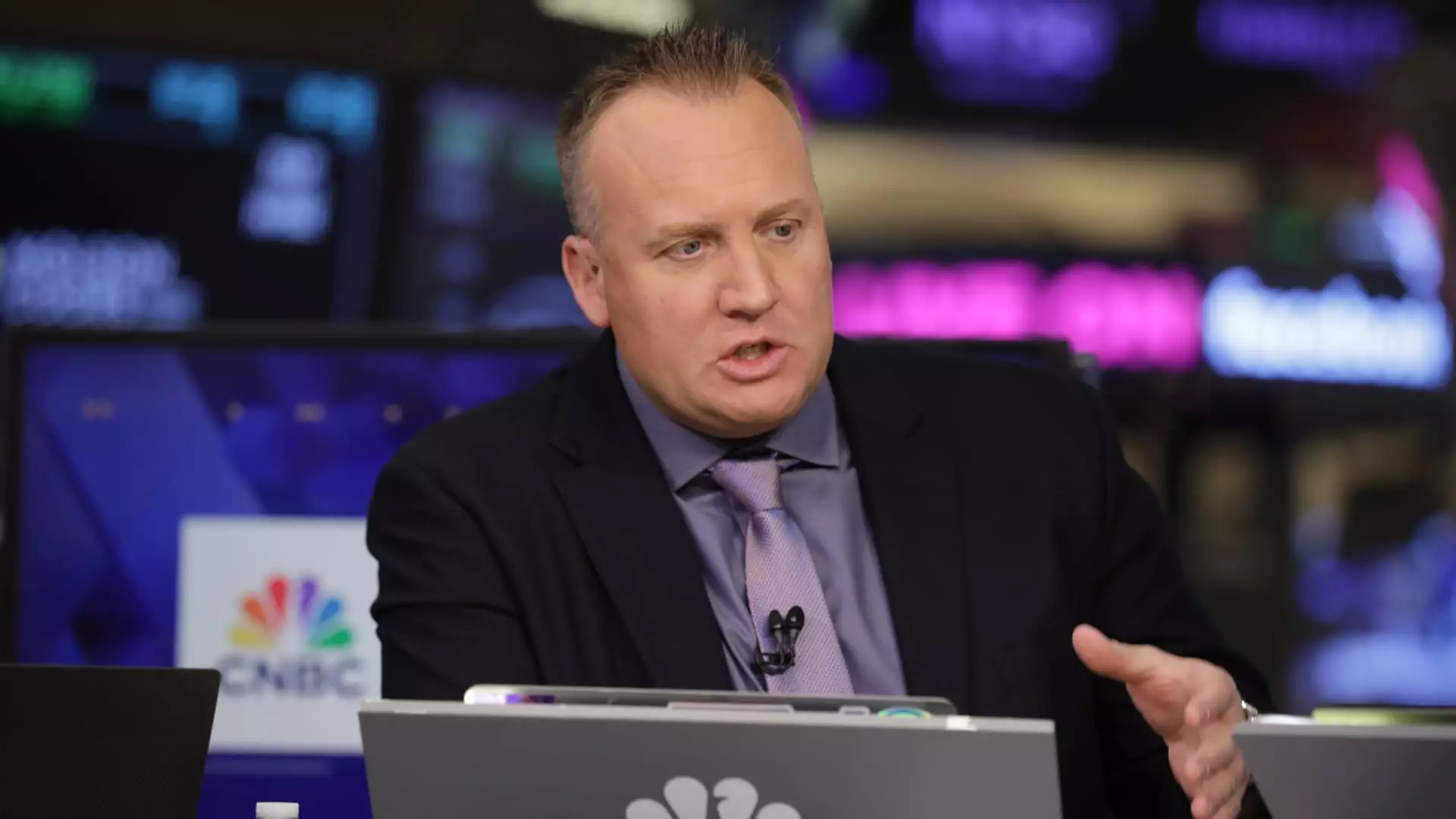In the world of finance, anticipation often clouds reality. Investors on Wall Street are eagerly whispering about potential interest rate reductions in 2025, envisioning a market buoyed by easy monetary policy once again. However, this optimism is rooted more in wishful thinking than in economic fundamentals. The idea that rate cuts will rescue stocks or spark a new wave of prosperity is fundamentally flawed. Banking on a magic potion of lower interest rates overlooks the underlying fragility of current economic momentum. The relentless pursuit of rate cuts as a panacea risks diverting attention from what truly matters: sustainable growth driven by genuine corporate innovation and productivity.
Historically, markets have often celebrated rate reductions as catalysts for bullish runs. Yet, when scrutinized, these episodes tend to be superficial. They create short-term euphoria while neglecting deeper structural issues like technological stagnation, declining productivity, and geopolitical uncertainties. The assumption that easing monetary policy will seamlessly translate into robust earnings or market rallies is an oversimplification that dangerously underestimates the complexity of modern economic dynamics. Wall Street needs to abandon this naive obsession with interest rates and focus instead on the quality of economic drivers—precisely where real growth originates.
Misplaced Focus: Why Rate Cuts Are Irrelevant to True Value
Josh Brown’s critique strikes at the heart of Wall Street’s misguided narrative. He asserts that prevailing chatter about rate cuts is essentially irrelevant to the real value of stocks. Investors should not interpret future easing as a green light for exuberant valuations, especially when the underlying economic outlook remains uncertain. The current market rally has been sustained by artificial stimuli and speculation rather than tangible improvements in fundamental metrics like productivity, innovation, or consumer strength.
Brown emphasizes that the central bank’s signals about “some reduction” are largely superficial, and the market’s fixation on a potential cut misses the point. What matters more is whether these rates are appropriate in relation to economic fundamentals. He challenges the common assumption that higher rates necessarily indicate overvaluation or that cuts will rectify it. Instead, he suggests that interest rates, whether high or low, do not fundamentally determine stock values. Instead, corporate capital expenditures, technological innovation, and productivity advancements are the true engines of sustainable growth.
Investors who cling to the idea that rate cuts are saviors are essentially betting on the return of free money, ignoring the fact that such policies are merely temporary band-aids. They fail to address the structural issues that influence long-term value—like corporate innovation, supply chain resilience, and workforce development.
Re-evaluating the Real Drivers of Market Performance
Current markets are increasingly driven by a select handful of technology giants, a phenomenon Brown describes as the “Magnificent Seven.” These companies, especially Nvidia, exemplify how strategic capital investments in cutting-edge sectors like artificial intelligence (AI) can propel earnings and valuations well beyond traditional metrics. Nvidia’s recent achievement of a $4 trillion market cap highlights the importance of focusing on technological leadership rather than monetary policy.
Brown advocates shifting investor attention away from interest rate speculation and toward companies that are shaping the future. Amazon, for example, has experienced significant short-term gains, but its true long-term value lies in its cloud computing arm, AWS, which Brown posits will be central to AI’s evolution. This perspective is refreshing because it centers on genuine value creation rather than temporary policy maneuvers, which often serve only to inflate bubbles.
The broader message is that investors should scrutinize the quality of capital expenditures and innovation. These are the real sources of sustainable earnings growth and competitive advantage. While central banks can influence borrowing costs temporarily, they cannot simulate the real economic activity rooted in technological progress and productive investments.
In effect, Wall Street’s obsession with rate cuts is an illusion—an attempt to rewrite economic realities with monetary policy. Instead, true value resides in strategic corporate investments, innovation, and efficient capital deployment—traits which, if prioritized, can build a resilient and prosperous economy that is not dependent on artificially low interest rates.


Leave a Reply